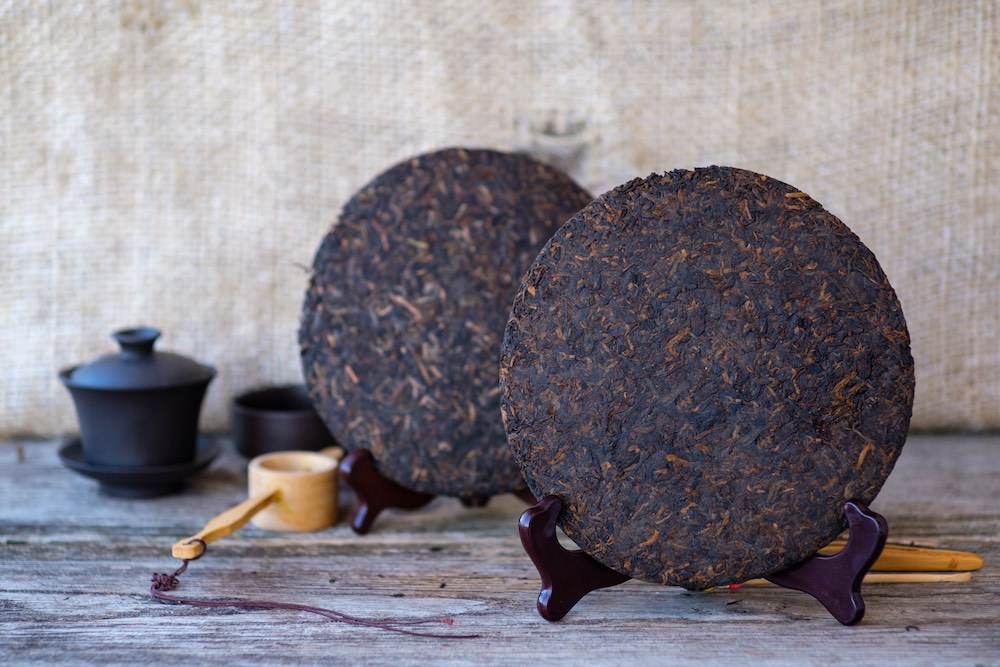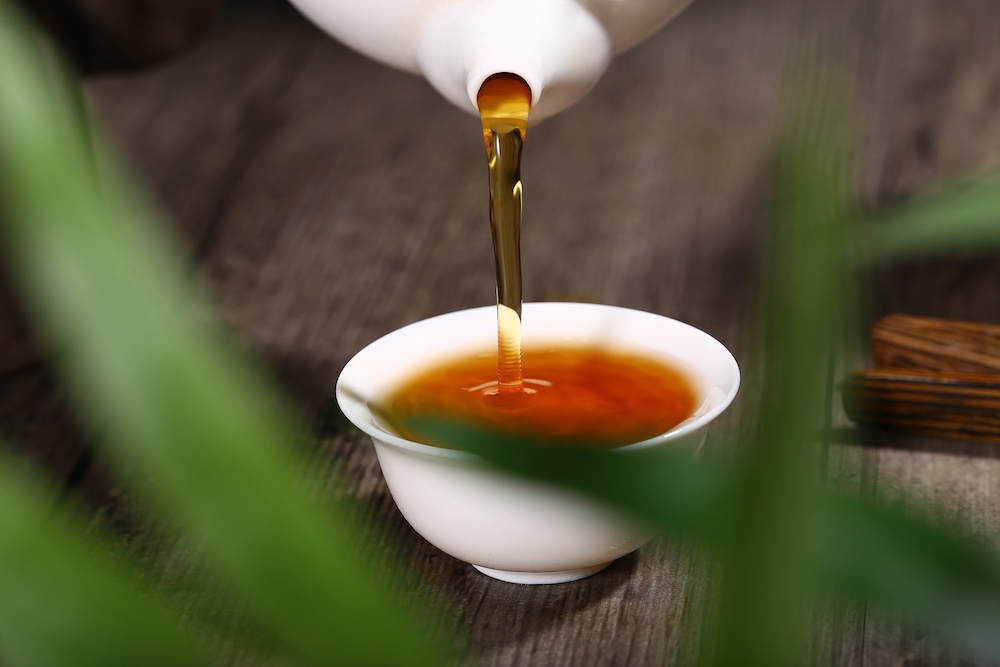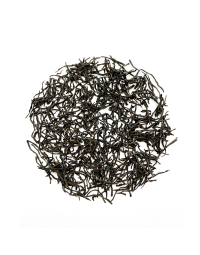At the dawn of the 17th century, the Chinese tea industry made its way to the European continent with the aid of Portuguese and Dutch merchants. From the outset, the consumption of tea was an extravagance reserved solely for the ruling class and affluent circles. However, with the expansion of the tea trade and rising supply, this precious commodity eventually democratized to become the second most widely consumed beverages in history (second only to water).
Prior to the end of the 20th century, black tea reigned supreme in the overseas exportation of Chinese tea due to its unrivaled ability to preserve its distinct flavor notes during long transatlantic journeys. But as technological advancements in transportation and a greater appreciation for health and wellness emerged, consumers began to seek alternatives. Riding the anti-oxidants craze, green and white teas experienced a surge in popularity. These teas differ considerably from black tea in every aspect, from their appearance to their lighter, more delicate taste profiles.
In recent years, pu erh tea has gained massive popularity amongst tea aficionados worldwide. With its unique flavor profile, aroma, and brewing style, pu erh has become a must-try for tea enthusiasts. As (ripe) pu erh also brews a deep dark cup of liquor, it's no surprise that those who learn about it for the first time wonder: Is pu erh tea a black tea?
While black tea and pu erh tea have a lot in common, they are not the same. In this article, we'll explore the differences between black tea and pu erh, highlighting their individual taste and processing techniques. Before we dive into the idiosyncrasies of both tea types, let's first discuss common characteristics that they share.
The Tea Plant
Both black, pu erh, and all other tea types are made from leaves of the Camellia Sinensis tea plant. Originating from China and Southeast Asia, this tea shrub now thrives in tropical and subtropical regions all over the globe. China, India, and Sri Lanka constitute the largest tea-producing countries.
Individual teas may be produced with leaves from different Camellia Sinenses cultivars. For example Fujian’s Lapsang Souchong (Zheng Shan Xiao Zhong) is made from the Xiao Zhong cultivar, while Yunnan’s Dian Hong black teas are made from the Da Ye Zhong cultivar. For pu erh, most pu erh teas are also made from the Da Ye Zhong cultivar, though specific soil conditions of the different production regions can result in unique flavours.
The 2 Types of Pu Erh Tea & How They’re Made
Before can compare pu erh with black tea, we need to first understand there are 2 main kinds of pu erh tea: ripe (shou) and raw (sheng) pu erh. A they possess vastly different flavor profiles, and it is crucial to discuss their unique characteristics before comparing them to black tea.
Raw pu erh tea is crafted by picking fresh tea leaves and subjecting them to an intensive process involving indoor withering, pan-frying, and sun-drying. These leaves may then be either stored loose, pressed into compact cakes, or processed further into ripe pu erh tea.

Ripe pu erh undergoes a unique "wet piling" (wo dui) process. In this method, the raw pu erh leaves are piled high in warm and humid room and covered with a damp cloth, allowing for controlled fermentation and oxidation. Once the tea leaves reach the desired fermentation level, they are carefully turned and spread out to dry. This process results in a flavor profile distinct from that of raw pu erh, with a richer, thicker, and earthier taste.
Black Tea Processing

Much like pu erh tea, the production of black tea requires tea leaves to undergo a withering process to remove excess water content. Afterwards, the leaves are rolled into their desired shape, which at the same time breaks down of cells releases the flavour to the surface. However, the key distinguishing factor of black tea is the oxidation step that follows. After rolling, black tea leaves are left to oxidize, which enables them to obtain their signature dark colour and taste. Once the leaves are fully oxidized, they are dried to put a stop to the oxidation process.
To conclude, black teas are oxidised during the production process, while pu erh teas are not. Instead, pu erh teas obtain their flavour through pile fermentation or slow aging. Pu erh teas are pan-fried, which isn’t the case for black teas. Keep these facts in mind, while we proceed to discuss the next topic, which is comparing both tea types on taste.
Black tea vs pu erh tea taste
Many tea enthusiasts are familiar with the bold and complex taste of black tea. These teas are often characterized by their rich aroma, with notes of malt, grains, and caramel. Black tea blends such as English breakfast, Early grey may also have additional aroma due to the added spices. Lighter and more delicate Chinese black teas, on the other hand, may have a fruity, floral, woody or honey aroma.
The flavour of ripe pu erh tea, may have a comparable intensity to black tea. However, the taste and texture is different. Ripe pu erh has a thick and full-bodied mouthfeel, with a flavor that is earthy and rich. Its aroma profile can include notes of wet wood, smoke, and dark chocolate.
Young Sheng pu erh shares similarities with green tea, with its grassy and floral notes. As raw pu erh ages, it becomes smoother, less grassy, fruitier, sweeter, and sometimes herbal and medicinal notes emerge.
Conclusion: So Is Pu Erh Tea a Black Tea?
No. While both teas are made from the Camellia Sinenses tea plant they are a different type of tea due a difference in the way the picked tea leaves are processed. As a result, they also have a distinct flavour. To gain a comprehensive understanding of the nuances between these two tea types, we highly recommend tasting and comparing them yourself. By doing so, you will acquire a deeper appreciation for the complex flavors that each tea type has to offer. We hope our shared insights are meant to serve as a starting point for your tea journey.




